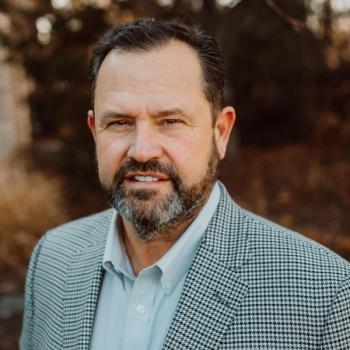
The missing variable: The effect of physician replacements on healthcare spending
It’s time for health policy experts—and the public—to wake up and question whether replacing physicians with nonphysician practitioners is healthy for the state of our nation.
The United States spends more on healthcare than comparable nations, with a spending gap that has markedly
Fewer physicians, more nonphysician practitioners
The United States has fewer practicing physicians per capita than most developed nations, ranking
Not only do we not have as many physicians in the U.S. compared to other similar nations, but we are failing to keep up with the production of new doctors. The United States ranks 30th out of 35 industrialized countries in producing medical school graduates, graduating only
Rather than training more physicians, U.S. health policy has instead incentivized the training and use of nonphysician practitioners. While the U.S. lags behind other countries with the number of physicians, it leads the world in nonphysician practitioners, with 40.5 nurse practitioners and 40
Expansion of nonphysician roles
Originally created in 1965 by physicians, the nurse practitioner and physician assistant professions were specifically designed to bring primary medical care to underserved areas. However, over the last 40 years, these practitioners have increasingly assumed roles traditionally filled by physicians.Beginning in the 1970s, healthcare policy has incentivized the growth of both professions, funding training programs and mandating the hiring of nonphysician practitioners in federally funded rural health clinics.By 1987, the federal government had spent $100 million on nurse practitioner training programs, and in 2010, the Affordable Care Act further expanded the role of nurse practitioners, creating nurse-led clinics. By 2020, nearly half the states in the Union had granted nurse practitioners the right to practice independently without physician supervision, with North Dakota recently becoming the first state to grant physician assistants the same privilege.
What impact has this physician replacement had on patient health and cost?
We simply don’t know. While studies have shown that nonphysician practitioners can provide
The effect of nonphysician practitioners on healthcare costs
In addition, there is evidence that the rapid growth of non-physician practitioners over the last forty years may be a factor in the rise in healthcare spending. Studies have shown that nurse practitioners and physician assistants may increase healthcare costs due to
These additional tests, procedures, and referrals can add up. In 2013, the Institute of Medicine estimated that “unnecessary services” added $210 billion to healthcare spending in the U.S., making it the single
Can increased expenses be offset by lower salaries for non-physician practitioners? Probably not. One
It’s time for health policy experts—and the public—to wake up and question whether replacing physicians with nonphysician practitioners is healthy for the state of our nation.
Rebekah Bernard MD is a family physician and the co-author of the new book
Newsletter
Stay informed and empowered with Medical Economics enewsletter, delivering expert insights, financial strategies, practice management tips and technology trends — tailored for today’s physicians.








